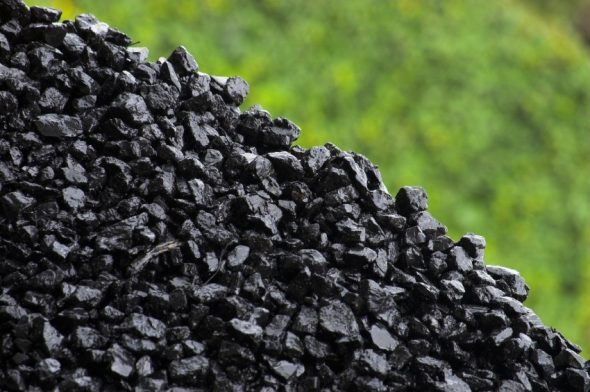Last week, a senior energy analyst at the Union of Concerned Scientists wondered whether the reality of the clean energy transition had finally dawned on the American coal mining industry.
His question was prompted by events in the US; but a look at the headlines in Australia on Monday suggests a similar fossil fuel reality check could be happening here.
In Queensland, the state’s peak resources body issued an SOS on Monday, calling for taxpayer support – or government tax relief, or more subsidies – for the state’s coal mines, after a study revealed that one third of them were running at a loss.

The report, commissioned by the Queensland Resources Council (QRC), also found that more than half of the mines producing thermal coal for power stations were losing money.
“We would like government to think about what we need to do to protect the remaining 60,000 jobs in the Queensland resources sector,” said QRC CEO Michael Roche. “These are some of the worst conditions they have faced in decades. Some companies are teetering on the brink.”
So, is this the first sign that the Australian fossil fuel industry – which has railed against subsidies for renewable energy, but now wants more subsidies of its own – is finally having its “oh sh*t” moment? The ACF certainly thinks so.
“This report, commissioned by the industry itself, shows the coal industry is finally realising the age of coal is over,” said the Australian Conservation Foundation CEO Kelly O’Shanassy.
“The coal industry employs only 0.4 per cent of the Australian workforce, but gets hundreds of millions of dollars every year in subsidies. Despite this special treatment, it appears the industry is not financially viable.”
O’Shanassy also suggests that “instead of continuing to shovel public money down the mine shaft” governments invest in industries with ongoing job opportunities, like renewable energy and tourism.
“This is no time to be contemplating opening new coal mines,” she says.
That message, coming from groups like the ACF, might easily be dismissed by industry, but when the same message comes from Indian coal giant Adani – as it did last week – it’s time to pay attention.
As we reported here on Thursday, Adani effectively put development of its massive $16 billion Carmichael coal mine in Queensland’s Galilee Basin on hold – just days after the Queensland government gave the controversial project environmental approval – saying that no capital expenditure was planned by the company for the project until there was “visibility” of a rebound in the coal price.
But the chances that this price “rebound” will happen any time soon are becoming increasingly slim, according to a new report from the Institute for Energy Economics and Financial Analysis
The report shows that Indian coal imports fell again in January 2016, talking them down 28.6 per cent on year and marking the largest three-month decline on record, following drops of 49 per cent in November and 34 per cent December.
“The rate of Indian coal import decline is increasing every month. Following five years of 20-30 per cent annual growth, this marks an historic turning point in energy market transformation,” said IEEFA director of energy finance studies, Tim Buckley.
Meanwhile, in China – the world’s largest consumer of coal – Beijing has revealed plans to cut as much as 17 per cent of the nation’s own coal production capacity, in an effort to reduce industrial overcapacity and use cleaner energy sources amid sliding demand for the fuel.
According to Bloomberg News, China aims to eliminate as much as 1 billion metric tonnes of output capacity in three to five years, with half of the cuts coming through mine closures and and the other half through company consolidations, the State Council said in a statement Friday.
“The global coal industry continues to reel under the inevitable twin pressures of excessive financial leverage combined with a technology driven transformation that is increasingly transferring pricing power from global fossil fuel conglomerates to energy consumers,” writes Buckley.
“The result is an acceleration of energy sector deflation across oil, liquid natural gas and coal.”
Australia’s gas industry, meanwhile, has had a similarly confronting week, capped by the withdrawal of the nation’s biggest energy utility, AGL, from gas exploration and production as part of a renewed focus on the “evolution” in the energy industry.
As we reported last Thursday, AGL will take a $795 million pre-tax write down from its withdrawal, and avoid around $1 billion in costs of drilling up to 300 coal seam gas wells. Given the fall in gas prices, it would probably not have made a profit on the venture.
In comments explaining the decision, AGL CEO Andrew Vesey said it reflected the volatile nature of commodity markets. Analysts also suggest it was a recognition that AGL’s gas assets were relatively high costs and were not premium quality in a market for low oil and gas prices.
This week, oil and gas industry peak body APPEA has issued its own SOS, calling on states to unlock gas reserves.
“So dire is the outlook that one broker, JP Morgan, is valuing Santos at minus, yes minus, $1.51 per share,” West wrote on Monday.
“The mooted LNG export boom which was to have driven the next leg of Australia’s prosperity is no more.”








